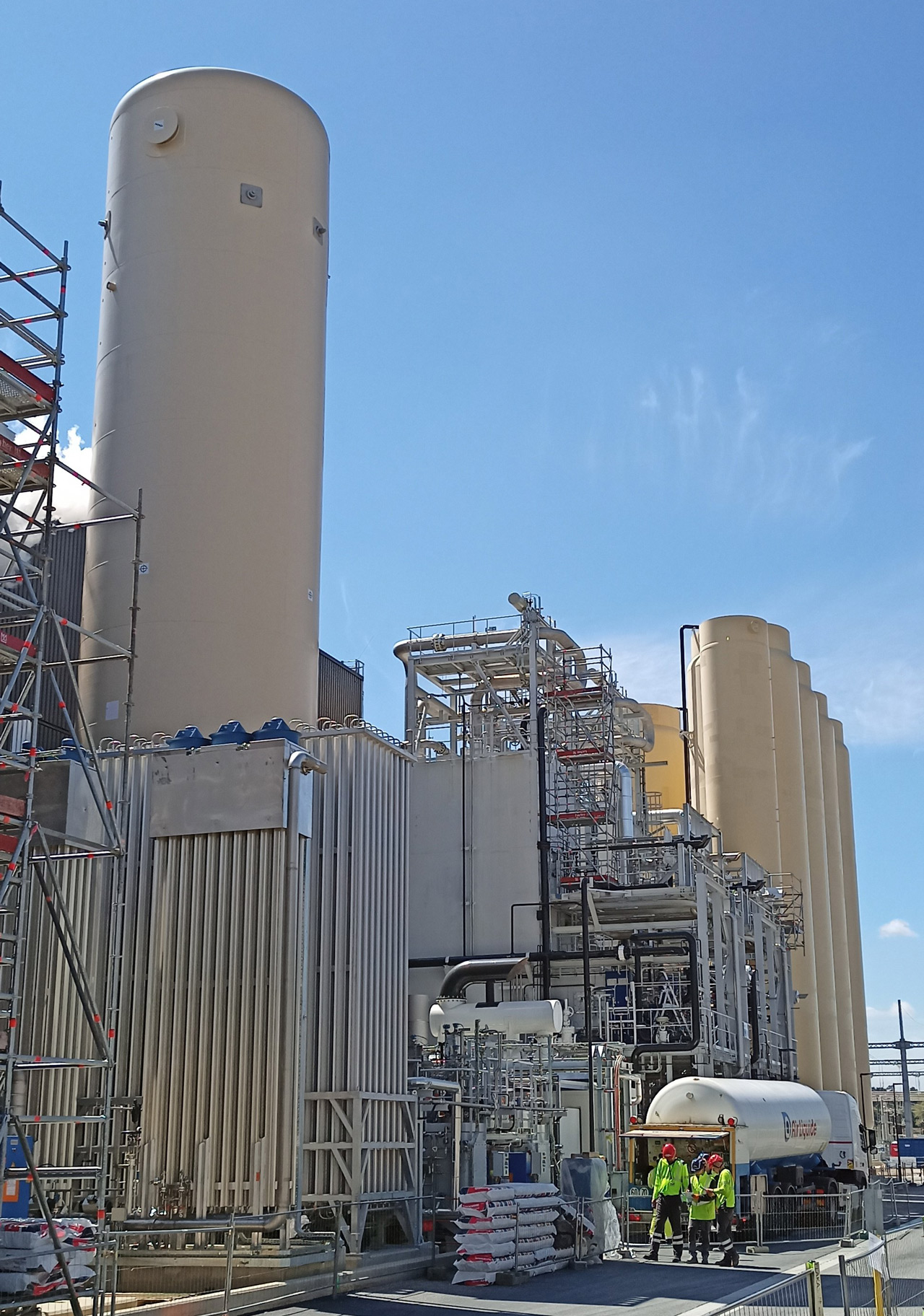


Cryotubes containing samples stored under liquid nitrogen may explode without warning.Never work alone with hazards, always have at minimum two people moving a large Dewar in hallways, elevators, and outside of buildings.Do not carry liquid nitrogen in a passenger elevator.Always follow manufacturers' guidelines for use of cryogen vessels of any size. Not all Dewars are rated for liquid nitrogen. Use only vessels designed for extreme cold.And then die without regaining consciousness.) Simple asphyxiants such as nitrogen do not have good warning properties! (You might not feel "light-headed," you may simply pass out without any warning whatsoever. Rapid venting can cause near-total displacement of normal air, leading to a local concentration of about 100% nitrogen. However, if sufficient liquid nitrogen is vaporized so as to reduce the oxygen percentage to below 19.5%, you are at risk of oxygen deprivation. Asphyxiation - nitrogen is not poisonous the air is already about 78% nitrogen (oxygen makes up about 21%, and trace gases the remaining 1%).The plastic mesh with which some small thermoses are sold protects the Dewar itself to some extent, but does not protect very well against injury from glass shards resulting from implosion. Glass Dewars must be taped solidly around the outside.Remove metal jewelry/watches on hand and wrists.Guard against pressure build-up by using a pressure relief vessel or a venting lid.In the morning the coldfinger will contain LIQUID OXYGEN up to the level of the nitrogen in the Dewar. This is most alarmingly demonstrated if a person leaves his/her vacuum pump's coldfinger in a Dewar of liquid nitrogen overnight. Liquid nitrogen will condense oxygen from the air. (Cold rooms have no air changes and a person entering a room with elevated nitrogen in the air can quickly pass out and then die within several minutes of entering. Do not store container(s) of LN2 in a cold room or any other location where a person could physically enter an anoxic atmosphere.
#LIQUID NITROGEN FULL#
Persons using a tipper to dispense LN2 must wear a full face shield over goggles, cryo-gloves, full length cuffless trousers which completely cover the tops of the shoes (or a full length apron), and shoes which will not permit liqufied gas to enter them in case of a spill, and which are also quickly removable in case they do (allow liquid to enter). When handling large quantities, a full length apron will minimize the chance of a spill going into your shoes, where it might destroy some cubic centimeters of flesh before you can get your shoes and socks off.


 0 kommentar(er)
0 kommentar(er)
